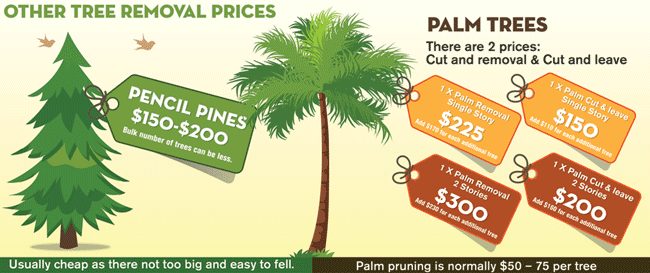The Ecological Conveniences Of Stump Grinding: A Sustainable Practice For Land Management
The Ecological Conveniences Of Stump Grinding: A Sustainable Practice For Land Management
Blog Article
Post Author-
When it involves land management, have you taken into consideration the resilient benefits of stump grinding? By attending to the residues left behind after tree removal, this practice not just help in dirt health renovation but additionally plays a vital role in stopping erosion and sustaining biodiversity. The ecological advantages of stump grinding expand far beyond plain aesthetics, providing a sustainable solution that balances with nature's complex systems.
Soil Wellness Renovation
Aiming to improve the high quality of your soil? Stump grinding can be a game-changer for boosting dirt wellness on your building. By removing old tree stumps, you're developing area for new development and enabling crucial nutrients to go back to the soil.
As the stumps break down over time, they launch organic matter, improving the dirt and promoting much better plant development.
On top of that, stump grinding aids to aerate the dirt, allowing for far better water seepage and root advancement. Compacted dirt can prevent plant growth and water absorption, but by grinding stumps, you're loosening the dirt and producing a much healthier atmosphere for your plants.
Moreover, stump grinding can additionally assist to prevent pest invasions and diseases that old stumps might draw in. By removing these possible threats, you're developing a more secure and more productive landscape.
Disintegration Prevention
To stop dirt erosion effectively, stump grinding plays a vital role in preserving the stability and stability of your land. By getting rid of unsightly stumps from your property, you're also minimizing the risk of disintegration brought on by water overflow. Stump grinding eliminates barriers that can interrupt the all-natural flow of water throughout your land, protecting against soil erosion at the same time.
When stumps are left unblemished, they can act as barriers to water circulation, causing soil to get rid of throughout heavy rainfalls. This erosion not only damages your land yet additionally contributes to sedimentation in close-by water bodies, damaging marine environments.
Look At This grinding assists to avoid these concerns by leveling the ground and promoting correct drainage, lowering the likelihood of erosion.
Biodiversity Support
Preserving healthy biodiversity on your land is crucial for producing a thriving community. By utilizing stump grinding as a sustainable land management method, you can considerably sustain biodiversity.
Stump grinding assists advertise biodiversity by developing new habitats for various plant and animal varieties. The removal of stumps enables the regrowth of indigenous vegetation, which in turn brings in a diverse variety of wild animals. visit this site right here , birds, and little creatures prosper in these recently available areas, contributing to the overall biodiversity of your land.
Furthermore, stump grinding helps stop the spread of conditions and parasites that can hurt plant types, therefore protecting the ecological equilibrium on your residential or commercial property. By removing old stumps, you develop space for new plant growth, which improves the overall health of the community.
This healthier environment supports a larger range of species, promoting biodiversity and creating a more resistant ecosystem in the long term. Embracing stump grinding as part of your land management approach can have lasting positive results on the biodiversity of your land.
Conclusion
By using stump grinding as a sustainable method to land management, you can improve soil health, prevent erosion, and support biodiversity. This eco-friendly technique not just profits the ecological community but additionally advertises the development of plant life and develops habitats for various plant and animal varieties. Make a positive influence on the atmosphere by integrating stump grinding right into your land management techniques.
